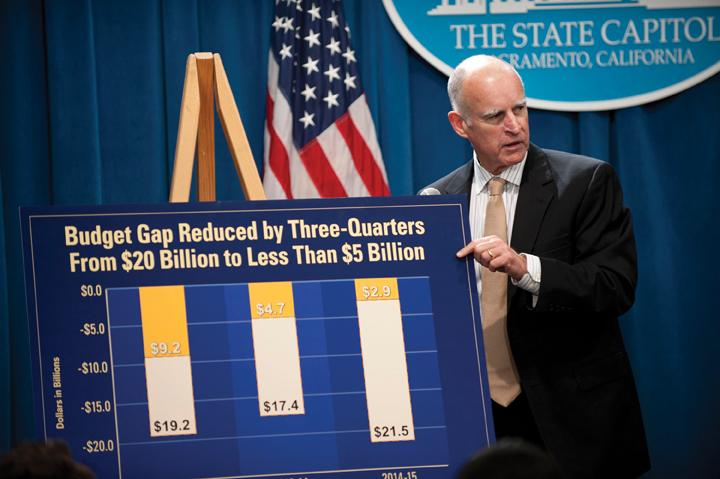The California State University Board of Trustees is considering a tuition increase for the second year in a row, citing a lower-than-expected budget proposal from Gov. Jerry Brown’s office last month.
In January, the governor released a budget proposal allocating $92 million to the CSU system for fiscal year 2019.
That may not be the final number, as the state budget won’t be voted on until June. But it’s not a good starting point, administrators say.
“We expected $102 million,” said San Diego State Director of Budget and Finance Crystal Little.
And even that number was far lower than the $282 million the CSU initially requested.
Little said the amount the state is offering to the CSU system will not even be enough to cover fixed costs, like negotiated salary increases, or Graduation Initiative 2025, which is the CSU’s goal to increase four- and six-year graduation rates across all campuses.
“It seems like every few years we get into a similar situation,” said Agnes Wong Nickerson, SDSU associate vice president of financial operations. “It’s not sustainable. We don’t like it if we have to balance the budget by increasing tuition.”
Nickerson said, since 2007, the budget for the CSU system has stayed roughly the same and actually decreased slightly despite significant increases in enrollment.
According to the CSU Institutional Research and Analyses website, enrollment increased to 484,297 students in fall 2017 from 433,017 students in 2007.
Little said because of the budgeting issues, the CSU Board of Trustees may ultimately vote for a tuition increase of an undetermined amount in May.
However, the increase would likely not meet the CSU system’s entire need, which will likely result in a prioritization of resources.
SDSU’s 2017-18 budget totaled $894.2 million. This number is largely made up by the operating budget, which is 46.6 percent of the budget at $415.8 million made up from the state appropriation, tuition and fees, the student success fee and cost recovery.
“Being a service-oriented organization, personnel costs is our biggest expense,” Little said. “It’s upwards of 70 percent of our operational budget that is the salary and benefit costs for our employees.”
The CSU system is unionized, meaning yearly salary increases have been agreed upon ahead of time between bargaining unions and the CSU system to ensure fair pay and an ideal working environment.
However, these salary increases could be in trouble as the current proposed state appropriation does not provide enough funding to cover these mandatory costs.
“In fiscal year 2018-19 and in 2019-20, the average salary increase will be about three percent each year because we know based on these agreements that that’s what they’ve agreed upon,” Nickerson said.









